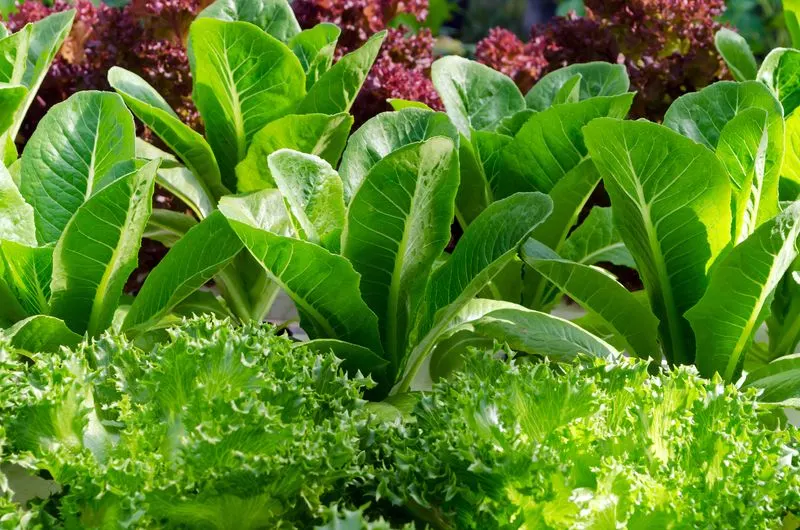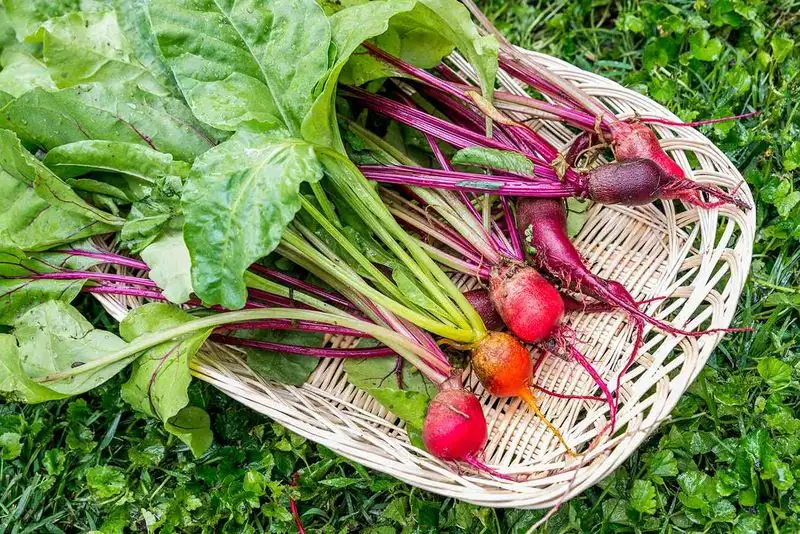You haven’t missed your window—there’s still time to plant and harvest. Just because the calendar’s ticking doesn’t mean your garden has to sit there twiddling its green thumbs. Some crops are sprinting into action, ready to shoot up, fill out, and land on your plate before the season even thinks about winding down. We’re talking about the go-getters. The no-excuses veggies. The ones that grow like they’ve got somewhere to be—and fast. Whether your garden’s been slacking or you’re just fashionably late to the planting party, these six crops are your chance to turn things around. You don’t need a miracle. You just need the right seeds and a little hustle. Let’s dig into the crops that refuse to waste time—and will reward you with real food, real soon.
Zucchini

Zucchini, often the star of summer gardens, offers a rapid turnaround from planting to harvest. Within about 40 to 55 days, you’ll see the fruits of your labor. Plant zucchini seeds in well-drained soil and provide plenty of sunlight. The large, broad leaves of the plant shelter zucchini fruits, which grow quickly under the right conditions. Known for its versatility in cooking, zucchini can be grilled, baked, or sautéed. Its quick growth and abundant yield make it a favorite among gardeners looking to maximize their harvest in a short time.
Radishes

Radishes are the sprinters of the vegetable world, ready to harvest in just about three weeks. Their spicy crunch adds zest to any salad or dish. Growing them is a breeze; just plant the seeds and water regularly.
A fascinating trait is their ability to grow in less-than-perfect soil, making them ideal for beginners. Surprisingly, ancient Egyptians considered radishes a staple crop, even before they discovered carrots!
Try them roasted with a pinch of salt for a delightful twist on this classic root vegetable.
Arugula

Arugula, often termed salad rocket, lives up to its name by launching out of the soil in just a few weeks. Its peppery leaves are loved by chefs around the world. Planting arugula is straightforward; scatter seeds, cover lightly, and water.
This green thrives even in cooler temperatures, extending your growing season. Historically, Romans believed arugula to be an aphrodisiac, adding a hint of ancient romance to your modern meal.
Pair it with figs and goat cheese for a salad that’s both elegant and easy to prepare.
Spinach

Spinach is a quick contender, reaching maturity in just four to six weeks. Its mild flavor complements a variety of dishes, from smoothies to soups. Easy to grow, spinach demands well-drained soil and consistent moisture.
This leafy green is renowned for its nutritional benefits, packed with iron and vitamins. During World War I, wine fortified with spinach juice saved French soldiers from scurvy.
For a fresh taste, try sautéing spinach with garlic and olive oil. Its versatility will surely impress at any table.
Lettuce

Lettuce offers a refreshing crunch and can be harvested within a month of planting. Its diverse varieties, from butterhead to romaine, ensure a constant supply for salads. Sowing lettuce is simple: plant the seeds in rows, water, and wait.
Historically, the Greeks used lettuce as a remedy to induce sleep, linking it to relaxation. This leafy green’s adaptability to different climates makes it a garden favorite.
Experiment with different types for a colorful salad bowl that delights both the eyes and the palate.
Beets

Beets, with their sweet and earthy flavor, grow swiftly and are ready in about two months. Both roots and leaves are edible, providing a double harvest. Plant them in well-drained soil and ensure they receive ample sunlight.
In ancient times, beets were primarily grown for their leaves rather than their roots. Today, they are celebrated for their versatility in dishes from borscht to beetroot salads.
Roast beets with rosemary for a dish that’s both aromatic and nutritious, perfect for any occasion.

